Poultry farming is one of the major pillars of our global food supply chain. In 2020, poultry represented over 40% of global meat production. According to Statista, the US is still the biggest producer of poultry meat, with an annual output of over 20 million metric tons. Brazil and China are among the top poultry meat producers, each having an annual output of over 14 million metric tons.
One of the reasons the US, Brazil, and China are the global leaders in poultry production is the use of technology to streamline operations in this sector. Advancements in technologies, including AI, computer vision, and cloud computing, have been key to boosting the poultry production capacity of these countries.
In today’s article, I will take you through some of the technologies that the leading producers of poultry products on the global market use to streamline operations in the poultry farming sector.
Technologies Used In Poultry Farming

1. 3D cameras to measure chicken weight
If you are rearing thousands of chickens, measuring the weight of each of them physically can take hours or even days, depending on the number and the technology you are using to measure the weight. With 3D camera technology, you simply have to position the cameras in a position that enables you to capture as many chickens as possible.
The camera will then give you the estimated weight of the birds in your coop. 3D cameras determine the weight using the shape of the bird and its volume. Another benefit of using 3D cameras to measure weight is that they can do it even in the dark. These cameras have Infrared sensors that use infrared light that can determine the shape and volume of the bird without light.
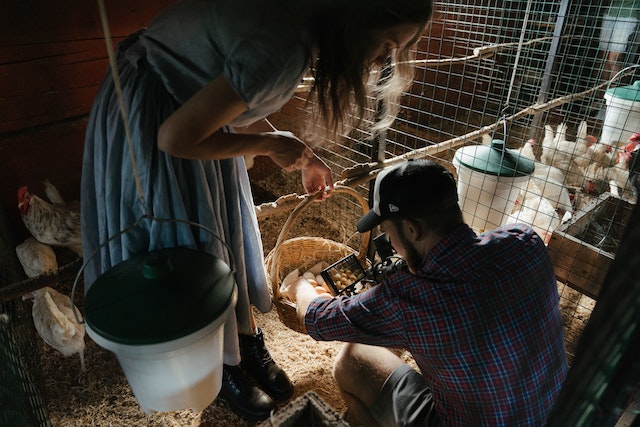
2. Using robots to do the dirty work
There are a lot of tedious and repetitive tasks on poultry farms that can be automated and delegated to robots. Tasks such as cleaning and sanitizing the coop floor, collecting eggs and checking on the birds can all be done by robots. Here is a demonstration video of an egg-collecting robot designed to do this job with great care.
This can help lower the number of broken or damaged eggs per collection. Tibot, a French company is one of the companies that created these kinds of robots. There are also robots that are used to discourage chickens from laying eggs on the floor and also keep the birds moving all the time.
The primary benefit of using robots is their efficiency and productivity in doing repetitive tasks. They can also be designed to be pretty careful and precise to do tasks like egg collection. Deploying robots on a poultry farm also enables farmers to cut recruitment and labor costs. The initial cost of procuring and installing these robots is, of course, very high. However, it is an investment that pays off over time.
Using automation on poultry farms is ideal for farmers doing it on a large scale. The investment may not be worth it if you are running a relatively small poultry business.
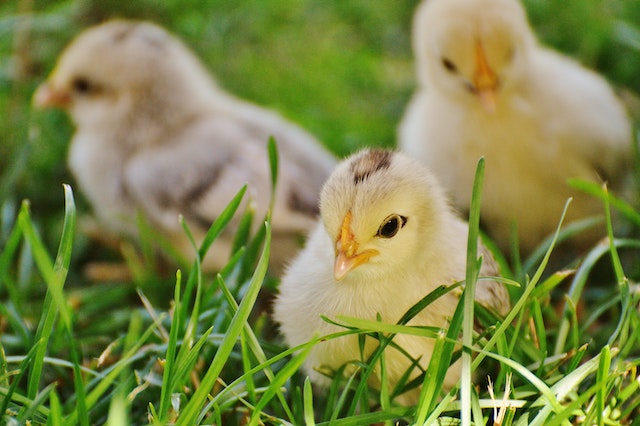
3. Using IoT sensors for remote monitoring
This is one of the common technologies that large-scale chicken farmers can use to get real-time information about their chickens. Wearable sensors can be attached to the chicken to measure different parameters, including temperature, heartbeat, and the movements made by the chicken. This data is then used to determine whether the bird is in good health.
Ammonia is one of the diseases that can easily be detected using data from wearable sensors. Once the suspects are identified, they can be quickly taken out of the chicken house to reduce the chances of spreading the disease to the rest of the chickens. Besides the wearable sensors, farmers can also install other sensors to measure the carbon dioxide levels and the air quality in the poultry house.
This data can be used to adjust ventilation to avoid the negative effects that carbon dioxide and other air impurities have on layers and breeders. It is also possible to automate the ventilation and air condition to automatically adjust based on the carbon dioxide levels and the overall quality of air in the poultry house.
In addition to giving farmers real-time data, the data gathered by IoT sensors can be used to compare the health conditions of the different breeds in the poultry house. This makes it easy for the farmer to determine how the different breeds of chicken deal with different environmental conditions.

4. Chicken translators
Most experienced poultry farmers know that the sounds that come out of the poultry house can be used to determine if the chicken is in good health or not. There are certain sounds that your birds will produce when they are hungry or sick. If you are new to poultry farming, it might be really hard to distinguish between the different sounds. That’s where chicken translators come in.
Chicken translators use AI and machine learning to listen and attach meaning to the different sounds coming out of the poultry house. Unlike most technologies on this list, using chicken translators doesn’t require installing sophisticated hardware. All you need is to install a reliable microphone that can pick up all the sounds coming from the poultry house.
These sounds are then fed into a computer algorithm to attach meaning to them. The farmer will then be notified whenever the system detects issues like diseases or hunger after analyzing the sounds. Besides diseases, sound can also be used to determine if the chicken is under stress or not. This allows the farmer to determine if there is peace in the flock.

5. Blockchain technology is used to ensure transparency in the supply chain.
One of the major selling points of blockchain technology is its immutability. If you add data to a blockchain database, it cannot be edited or deleted by anyone. This is the very reason why this technology is being used in the poultry supply chain. Companies, including Walmart, Unilever, Nestlé and other food giants are working with IBM to trace the journey of poultry in the Supply chain using blockchain technology.
So, every stakeholder in the supply chain that handles the chicken is added to the blockchain. The data captured at every stage of the supply chain may include the transaction details, parties involved, and the time and date the transaction was processed. If this technology ever gets to the mainstream market, consumers will be able to have a clear view of the journey of the chicken they are about to buy or eat.
It also helps in accountability if there are problems with chicken at any stage of the supply chain. Because all the transaction data is available in the blockchain, it is pretty easy to determine the responsible parties when things go wrong.
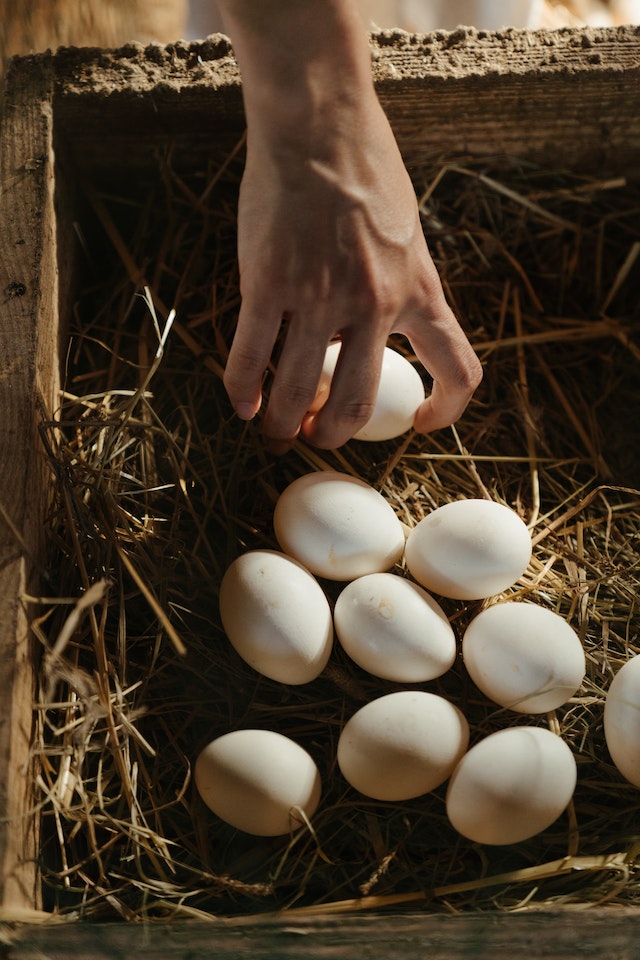
6. eCommerce to sell poultry products and buy inputs
There are several eCommerce platforms that can be used to sell poultry products, including eggs and meat. Selling online is pretty easy for any poultry farmer, no matter the size of their business. All the farmer has to do is sign up on an eCommerce platform of their choice and then list his products for potential customers to see.
Farmers can use mainstream ecommerce platforms like Amazon or apps within their local area tailored explicitly for selling poultry products. Besides selling their products, farmers can also use eCommerce platforms to buy equipment, tools, chicken foods and any other inputs that they need to operate their poultry farm.

7. Automated ventilation control systems
These systems are used to ensure appropriate air conditioning in the poultry house. If the air is contaminated, the system will automatically push out the contaminated air and allow clean air from outside to get into the poultry house. This whole process is automated. However, the farmer can also trigger the air exchange if the need arises.
These systems also capture the data about the air quality, so the poultry farmer can see how the air quality in the poultry house has been changing over time. This data can be used to develop sustainable solutions for reducing contamination in poultry houses. Such solutions may include decongesting the poultry houses to reduce the contamination rate caused by the birds.
8. Automated feeders and drinkers
Feeding poultry is one of the tedious jobs that is done manually at most poultry farms. However, technology advancements in AI and computer vision have made it possible to automate this process. Some automated feeders use computer vision technology to determine if there is a need to add more food into the country house.
There are also some feeders that use data collected by wearable sensors to determine when the birds are hungry. Using automated feeders ensures an optimum supply of food in the poultry house hence minimizing waste without necessarily starving the birds. This reduces the overall food costs. It also reduces the labor costs since you won’t have to spend on humans to manually feed the birds whenever they are hungry.
Those are some of the common ways technology is implemented in poultry farming. In the next section of this article, we will discuss the pros and cons of using the above technologies.
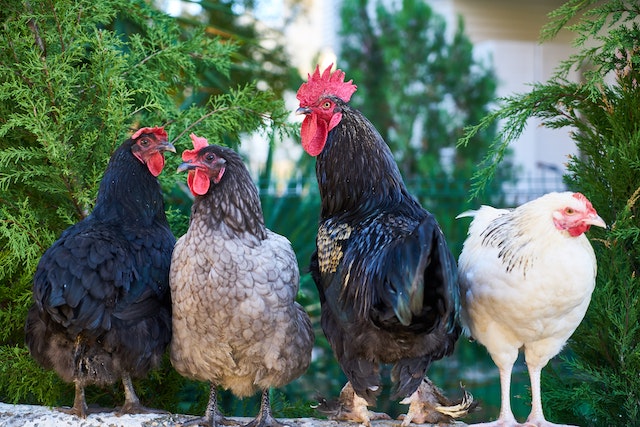
Pros and Cons of using technology in poultry farming

Pros
- More accuracy and precision in doing most tasks
Some tasks like egg collection are very sensitive and can lead to serious losses if not carefully done. Using machines to do such tasks eliminates human error, minimizing the losses that would arise from such errors. It should also be noted that automated machines also do these tasks faster than humans without having to compromise precision and accuracy.
- More productivity
One of the main benefits of using technology in poultry farming is to increase overall productivity. When operations such as feeding the birds or cleaning the poultry house floor are automated, more work is done in less time. It also allows farmers to operate bigger poultry farms without having to significantly increase the operational costs.
Countries like the US, China and Brazil have managed to increase chicken production by helping their farmers implement automation to streamline several operations.
- Real-time and remote access to information
Poultry farmers that use wearable sensors to monitor the health of the birds in the poultry house can access this information wherever there are in real-time. This allows them to make crucial decisions even when they are not on the farm.
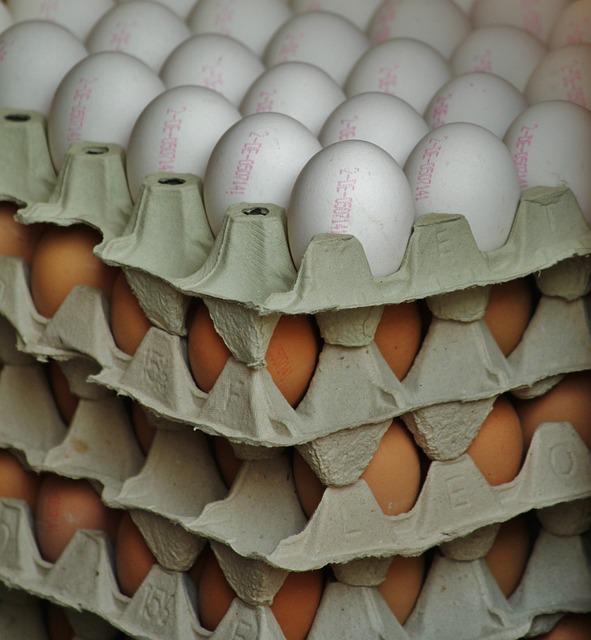
Cons
- Initial expenses are high.
We can all agree that using technologies such as automation in poultry farming reduces operational costs in the long run if you can fully utilize the equipment. However, the initial expense of procuring and installing such equipment discourages most farmers from using it.
Most of these technologies make sense if you are operating a large poultry farm with tens of thousands of birds. Farmer running relatively small or medium-sized poultry farms cannot justify the cost of procuring and maintaining the expensive equipment that automates or streamlines certain operations.
- It may take time for the birds to get used.
Some technologies may cause temporary discomfort to the birds. For instance, putting a wearable sensor around a hen’s neck could make it uncomfortable for a couple of days. This discomfort may temporarily lower its productivity and output (such as laying eggs in the cases of layers). Using drones to monitor poultry can also cause discomfort and anxiety amongst the birds.
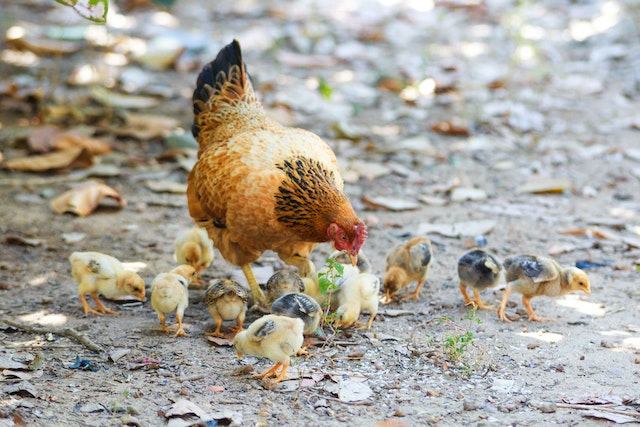
Final thoughts
We covered most of the technologies that poultry farmers can implement to streamline and improve the efficiency of operations at their farms. Some of these technologies are a bit costly to implement, especially for those running small-scale farms. That is why most small-scale farms still rely on manual techniques to run their farms. However, a good number of these technology solutions can be used by most farmers since they are cheap to implement.



